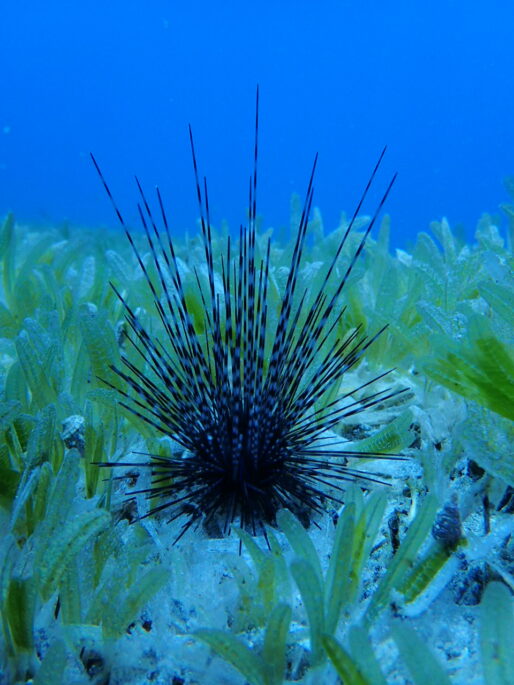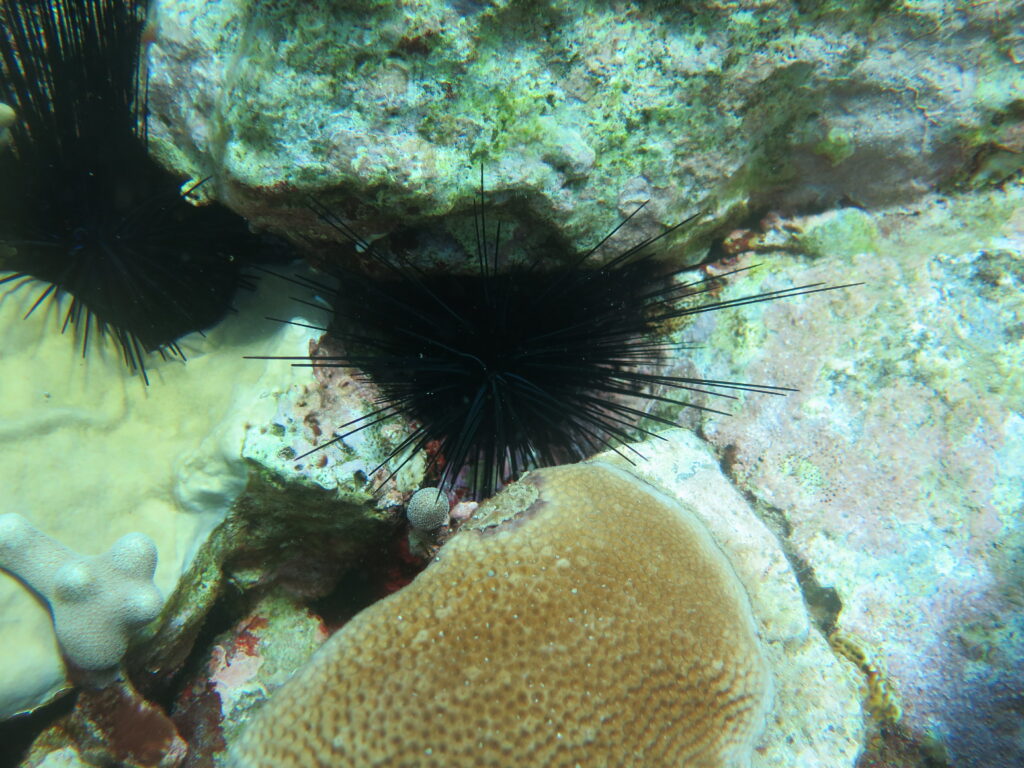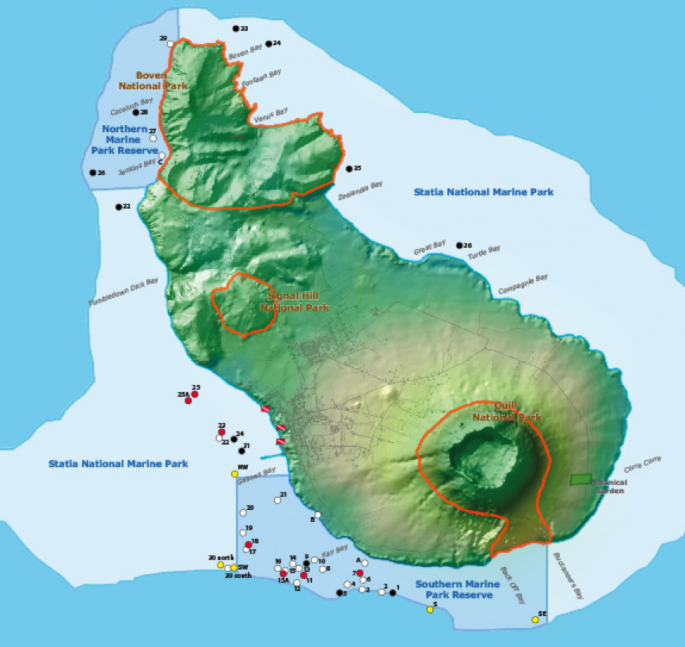Diadema are long-spined sea urchins. They are important herbivores that graze on algae, that could overgrow the slow-growing corals on the reef. Their impact on the health of the reef is so great that several projects have focus on increasing their population on reefs throughout the Caribbean, including Statia and Saba.
Reef Restoration Workshop – Saba
The Reef Restoration Workshop held on Saba earlier in April, 2022. The focus was placed on Diadema antillarum as a key factor in reef restoration. Due to their herbivorous nature (eat algae on the reef), they create suitable surfaces for coral recruits to settle and rebuild our reefs.
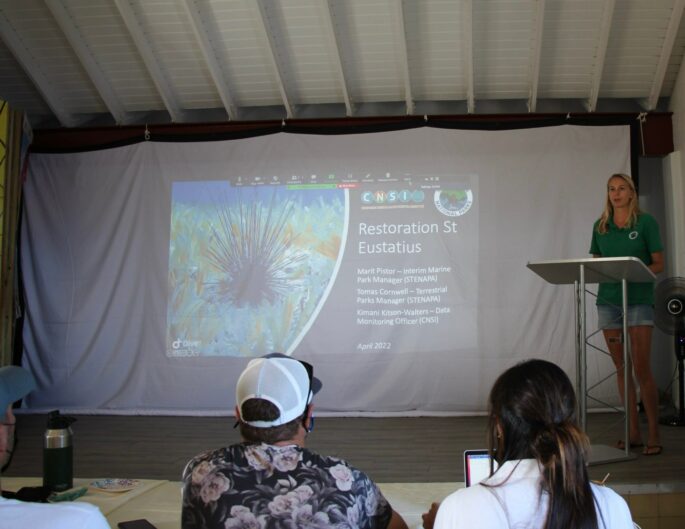
Text excerpt form DCNA’s post: “During the first week in April, the Dutch Caribbean Nature Alliance hosted a sea urchin (Diadema antillarum) restoration workshop on Saba. This workshop was led by University of Applied Sciences Van Hall Larenstein (VHL). During the workshop experts and representatives from the Dutch Caribbean and Jamaica came together to join forces towards coral reef restoration. This workshop helped 21 coral experts from the Caribbean region and more than 65 online attendants, to obtain a comprehensive view of the overall situation of the Diadema sea urchin in the Caribbean, including the current die-off events and restoration techniques. Important discussions have taken place to determine the next steps needed to mitigate the loss of Diadema sea urchins on a regional scale.
A very big thank you to Alwin and Tom and the students of Van Hall Larenstein Saba Conservation Foundation, all participants, Ministerie van Landbouw, Natuur en Voedselkwaliteit, Postcode Loterij, and NWO – Nederlandse Organisatie voor Wetenschappelijk Onderzoek“
View DCNA’s recap video on Facebook and Instagram. Here is more information about the workshop and the recap.
Diadema Cage
Do you remember the installation of these Diadema cages, from June/July 2020?
Together with the ARROSTA project, STENAPA and other partners aimed to increase the population of the long-spinned sea urchin, Diadema sp, on Statia’s reefs, thanks to funding from WWF Netherlands. One of our strategies was to collect Diadema from the harbour where they were abundant and place them on patch reefs. The cage was used to protect them from predators and keep them in place until they have settled down.
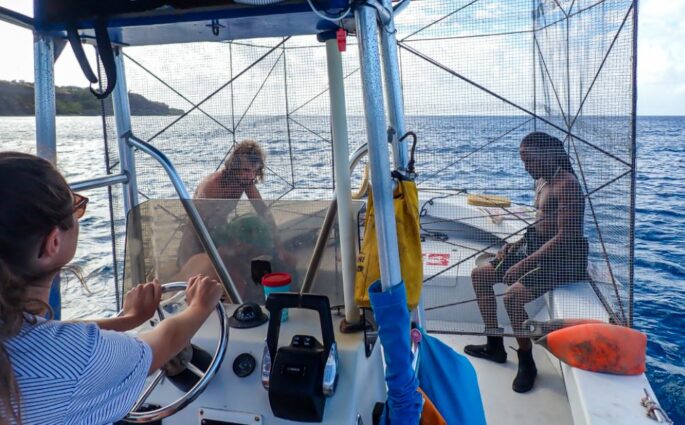
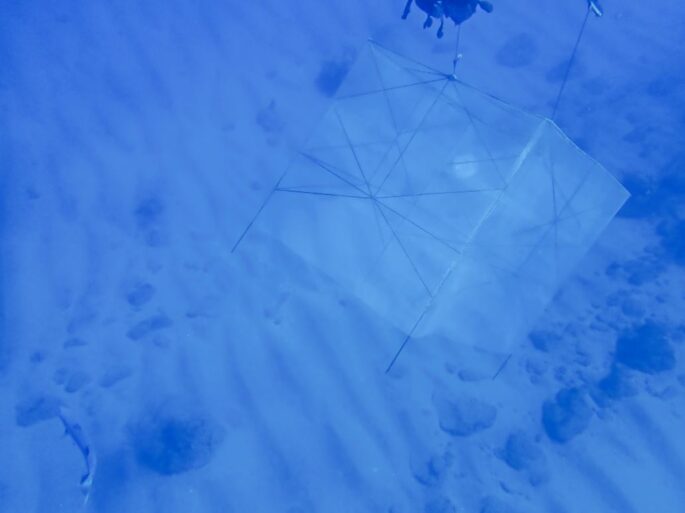
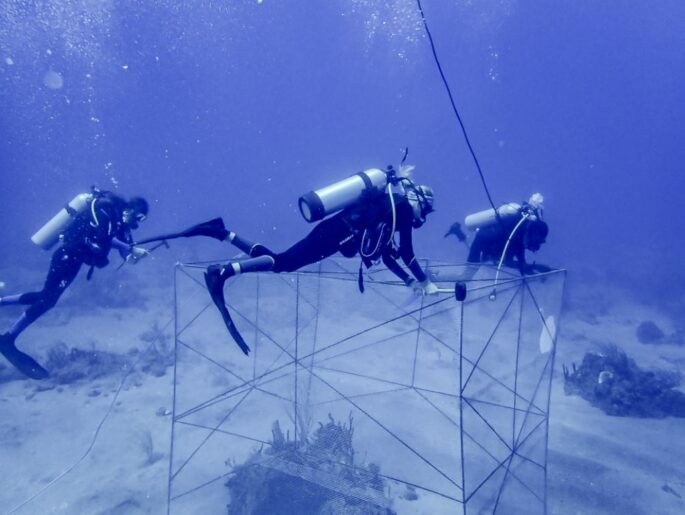
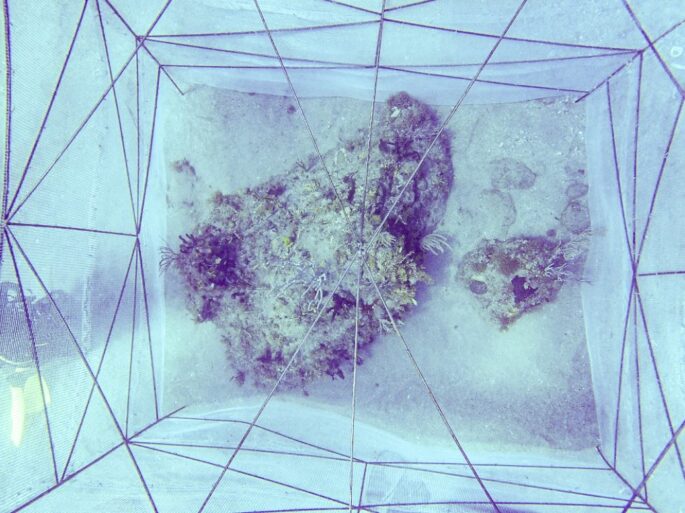
Almost 40 years ago, the fate of the Caribbean coral reefs changed for the worse. An almost complete die-off of the long-spinned sea urchin meant that a very abundant herbivore almost disappeared. The macro and turf algae on the reefs flourished.
Growing faster than coral do, they soon took over growing paces for both juvenile and growing corals. Taller macro algae also blocked out the light corals need to get food – via zooxanthellae (uni-cellular algae that have a mutualistic relationship with corals).
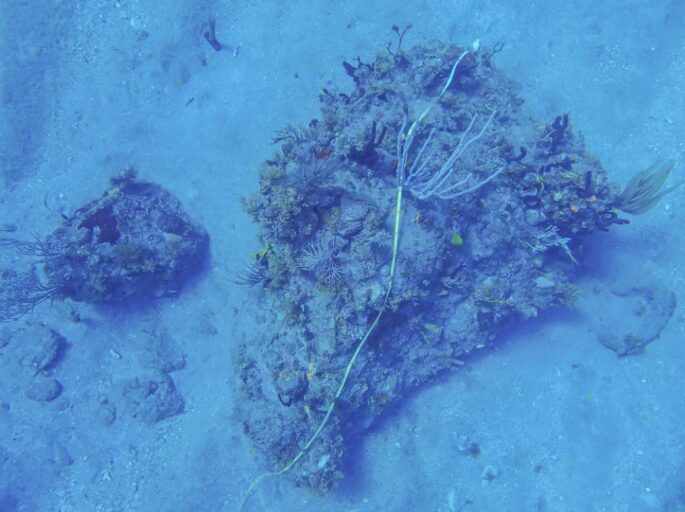
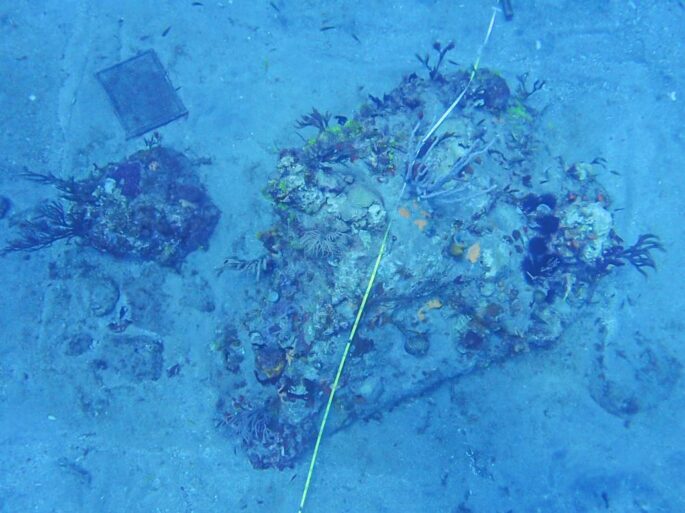
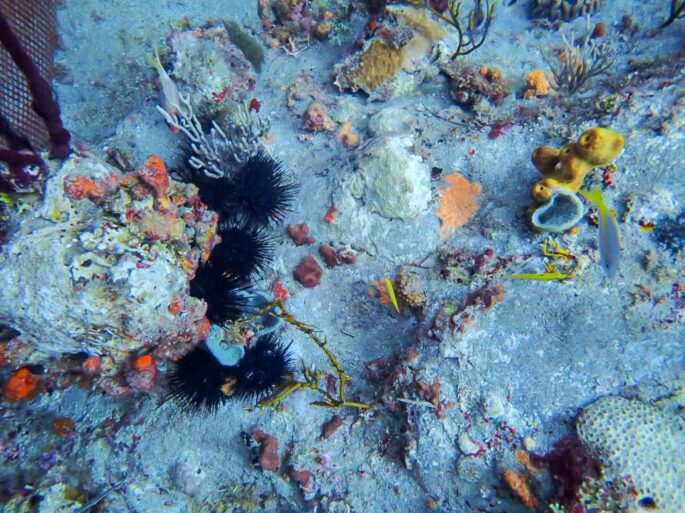
Above we see the effect of Diadema on coral reefs. Several stresses reduced the abundance of corals from 20-30% to 5% and lower. This bare rock is crucial to their recovery and the maintenance of the coral reef structure.
Current Diadema Die-Off & Reports
Unfortunately, reports are coming in across the Caribbean of sick and dying long-spined sea urchins. It was first observed in the St. Eustatius Harbour, 14th of March, but the first report came from the British Virgin Islands. Other reports are from Saba, Dominica, Jamaica, St. Vincent, Antigua, and St Lucia.
Previous die-off & known consequences
The previous die-off in the 1980’s warns us of the repercussions of a Diadema die-off episode. The loss of these crucial herbivores in the first die-off led to a negative shift in the balance of slow-growing corals and faster-growing algae. Juvenile corals would no longer find bare substrate to settle and grow into healthy colonies, and the algae would shade out much-needed sunlight from existing corals.
Unknown cause
If we knew the cause of the disease, we might be able to protect the Diadema. However, the cause of the previous die-off was not determined. The cause of the current die-off has not yet been determined either.
Advice – how to help
As we join hands to understand the situation, we are asking you to help. While diving or snorkeling, as always, don’t touch the urchins as this might increase the spread of the unknown pathogen.
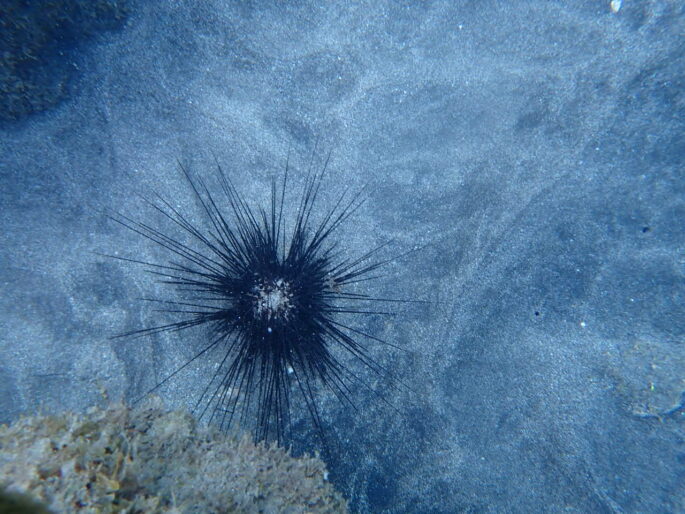
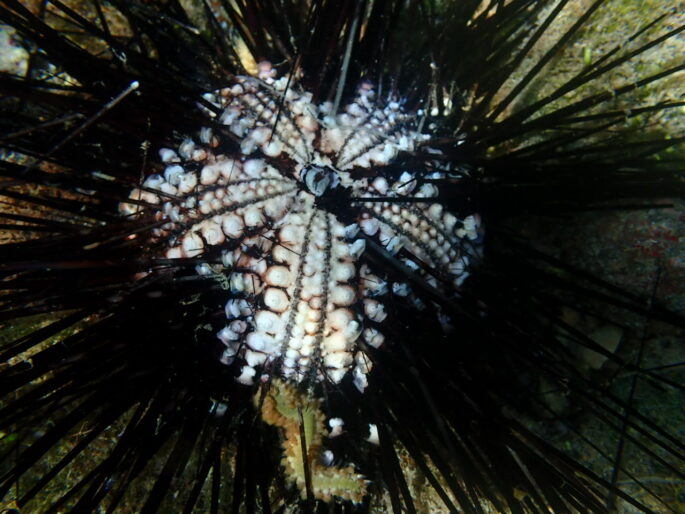
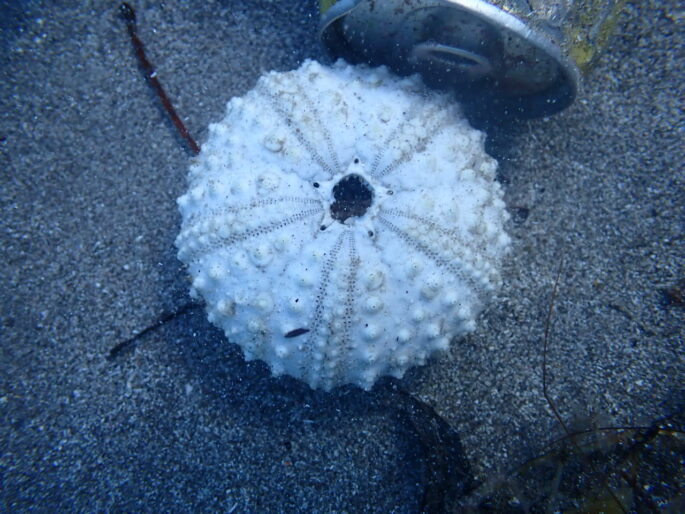
Report from the AGRRA Diadema Response Network.
STENAPA’s Response to Die-Off
Streamers – Collect Diadema Recruits (Juveniles)
Larval Diadema float in the water column before settling on suitable surfaces, then grow into the eye-catching long-spined sea urchin we see on coral reefs. ‘Bioballs’ provide ideal settling surfaces due their small crevices. These Bioballs are installed as a streamer, with a float to keep them upright and off the sea floor. Previously, these Bioballs were placed on top of one another to produce a ‘string’.
Stenapa volunteer, Djura Boonstra, has installed the streamers. Her installations start at 12 metre depth, with Bioballs and artificial grass mats placed at 1 metre intervals for a total of 6. The results can show us the effect of depth on the rate of settlement of Diadema larvae. Basically, at which depth do the diadema prefer to settle out of the water column. This project are funded by WWF Netherlands.
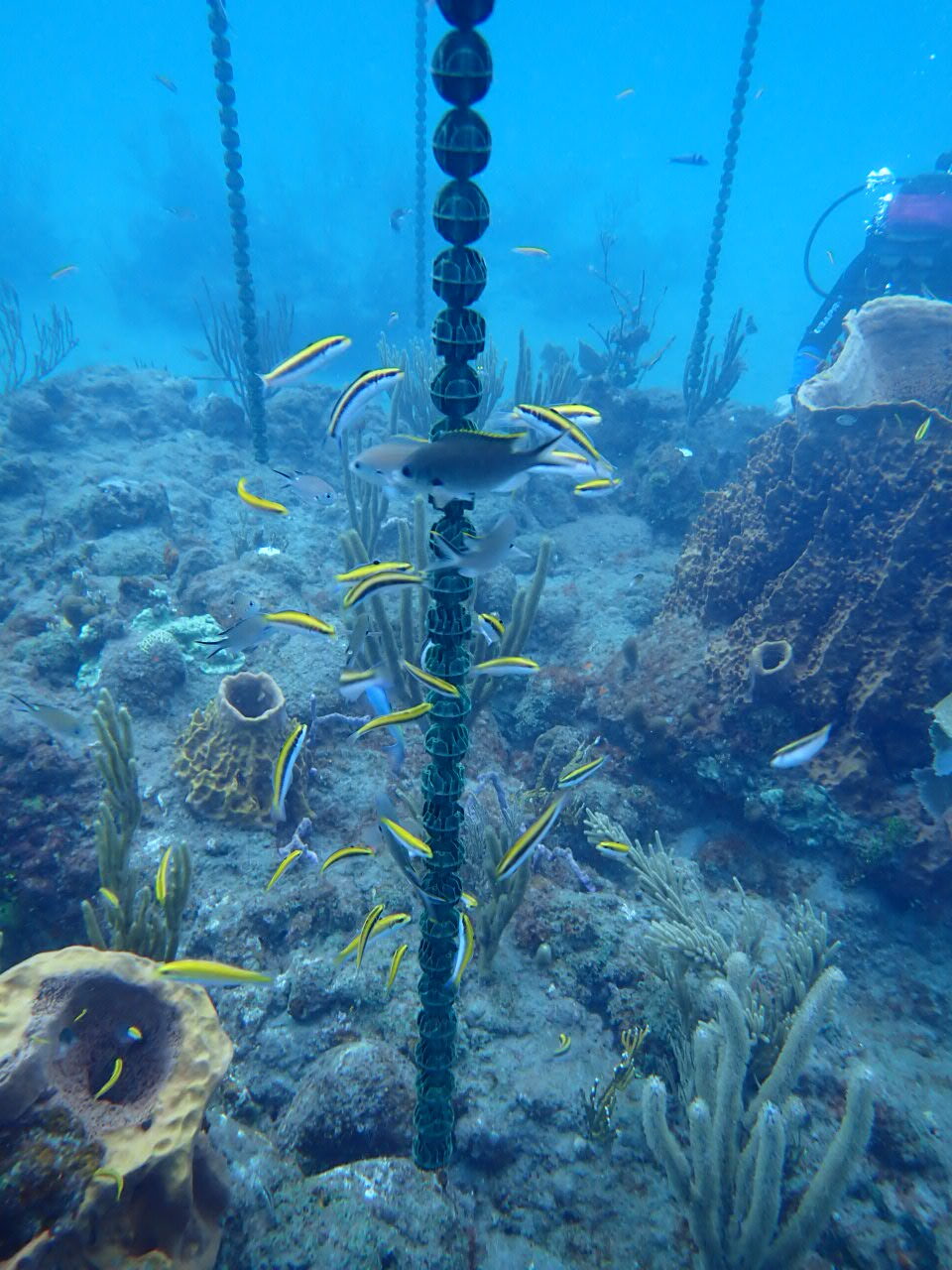
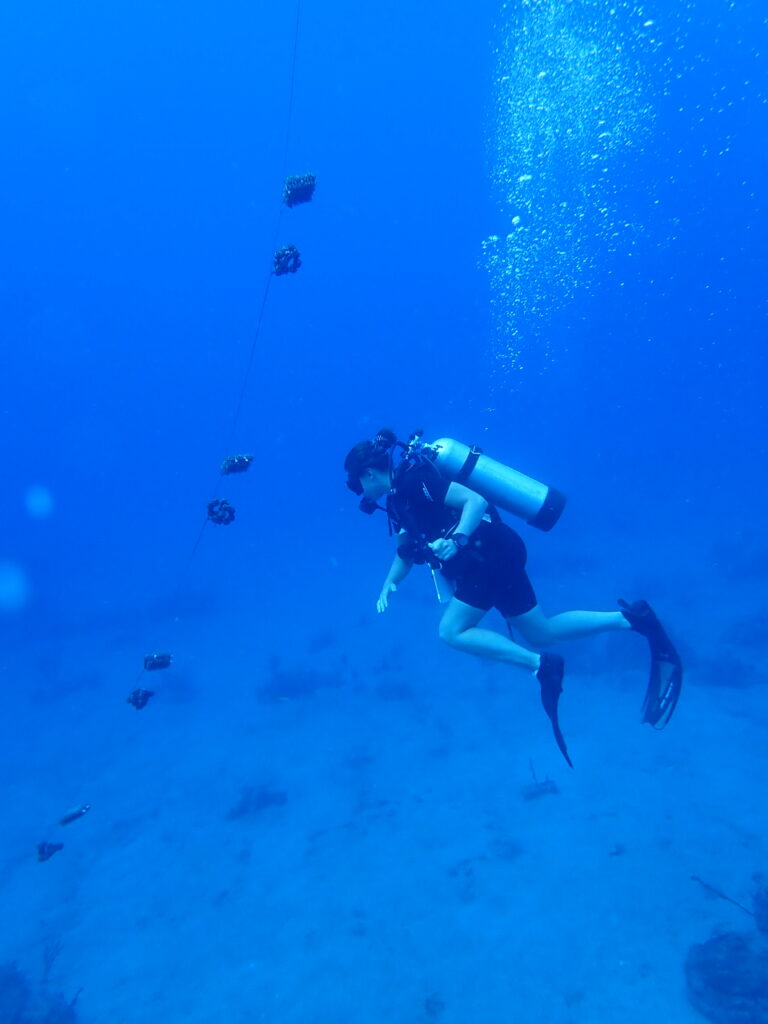
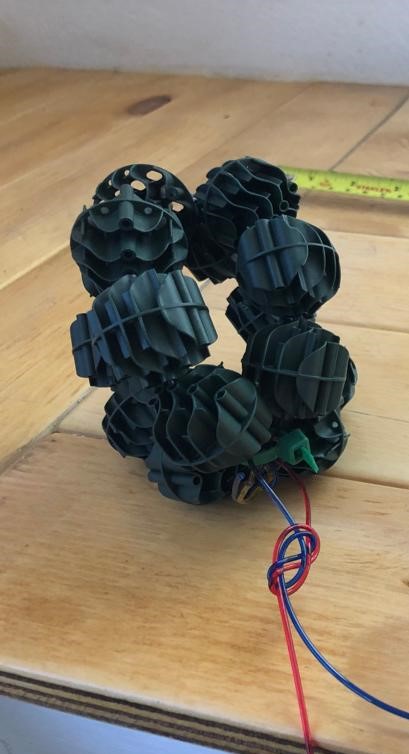
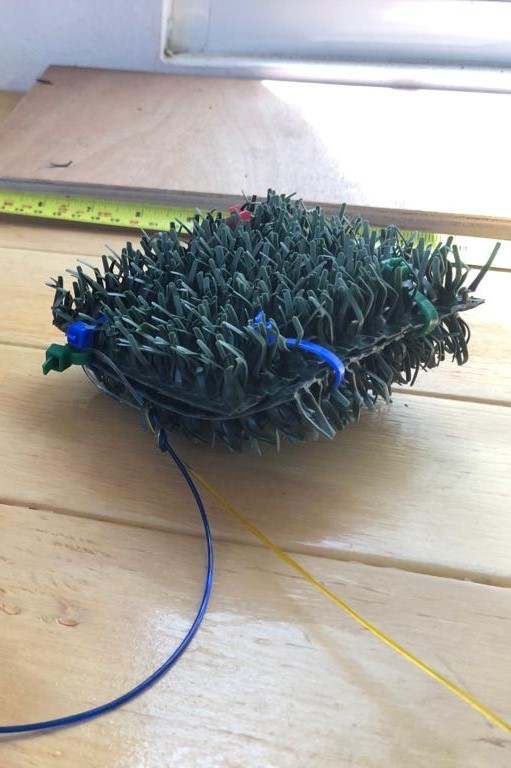
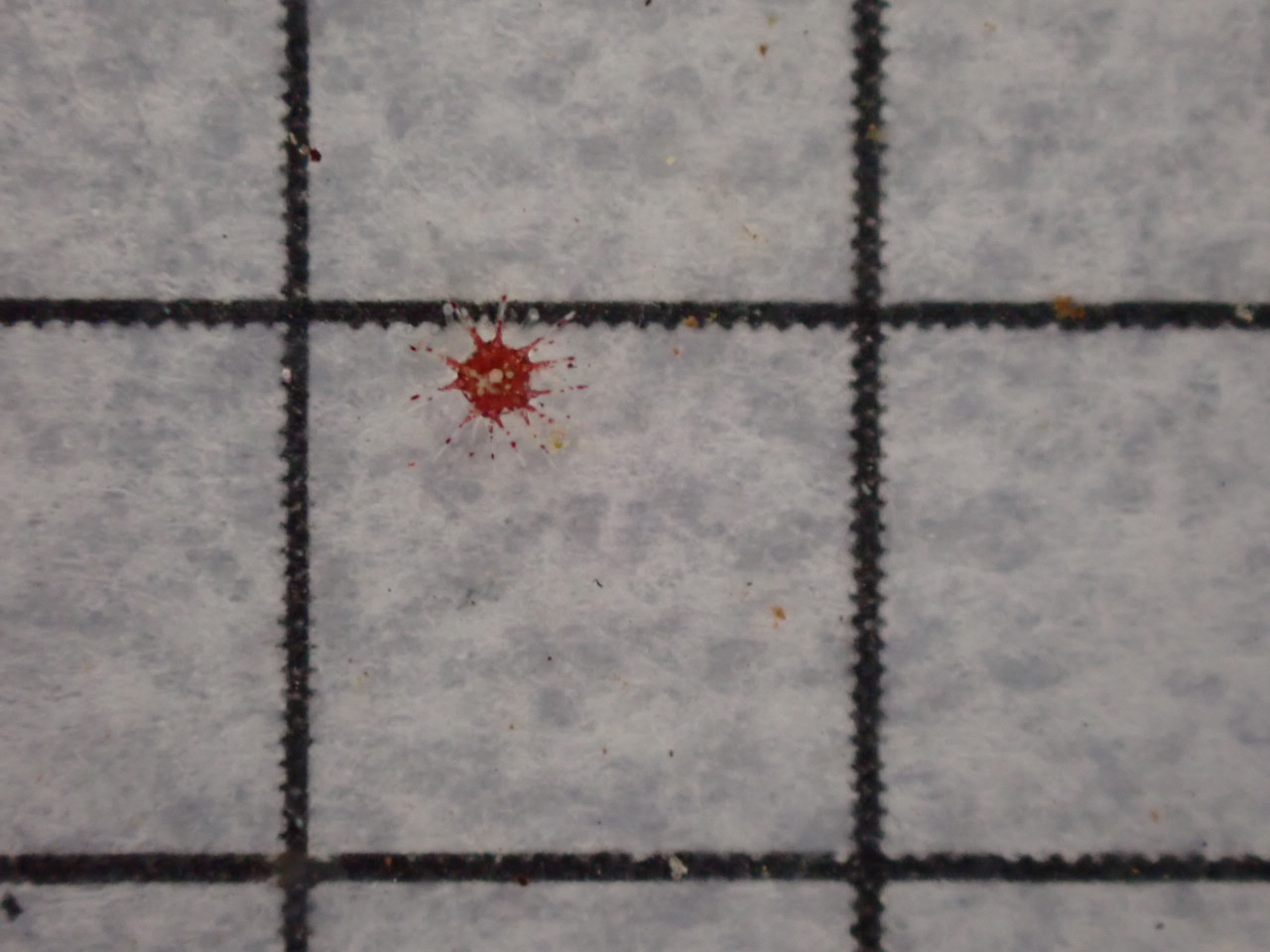
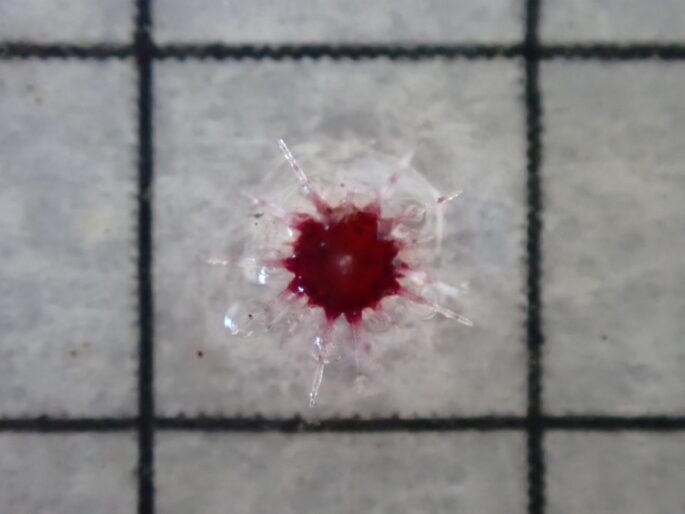
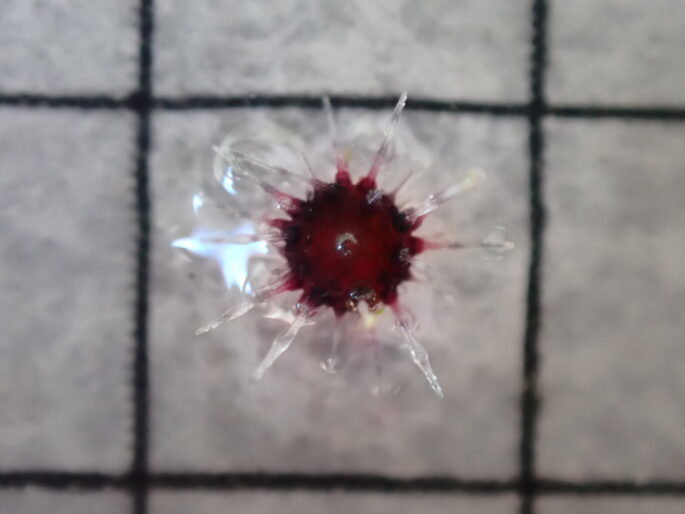
Aquarium – Growing Recruits to Release
The juveniles will be grown in a small-scale aquaria into either juveniles or adults. These Diadema would then be released on coral reefs in the National Marine Park to kick-start the new population. Also, experiments will be conducted to increase their population, and to restore the reefs. Funding is provided by the EU BEST 2.0 project and WWF Netherlands.
